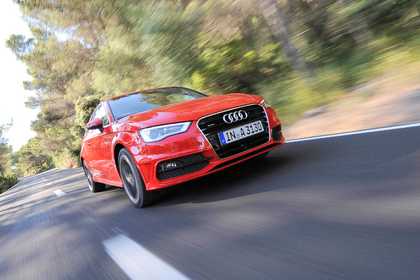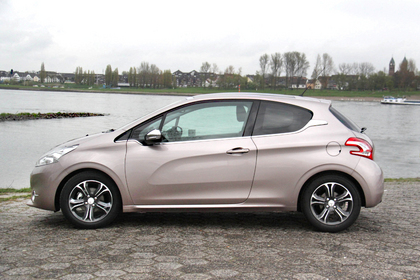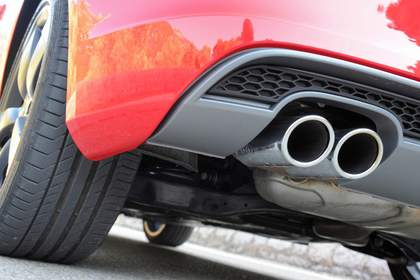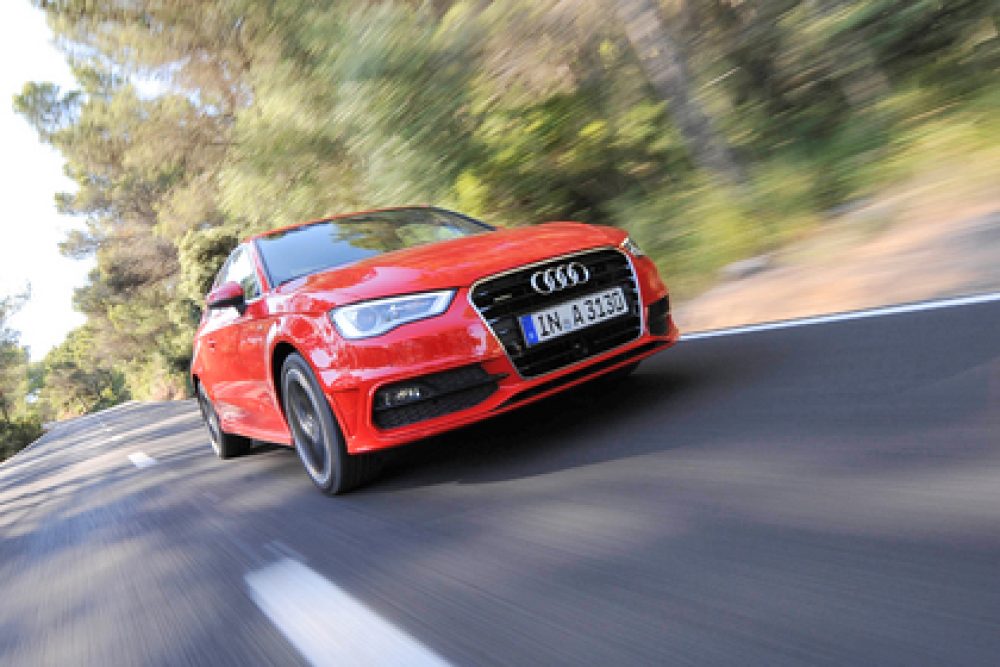
Guest blog: DAVID WILKINS
Audi’s new A3 doesn’t look much different to the old one – but appearances can be deceptive, because the A3 is the first car to use the Volkswagen Group’s new MQB architecture.
MQB? It stands for Modularer Querbaukasten, which roughly translated means a toolkit of modular sub-assemblies for transverse-engined cars. MQB differs from Volkswagen’s previous “platform” approach because it provides much more scope for designers to alter new models’ width and wheelbase while still sharing a lot of parts.
Audi says the new A3’s occupant cell is 25kg lighter than that of its predecessor, thanks to extensive use of high-strength and ultra-high strength steels and the adoption of aluminium for the bonnet (7 kg saved) and front wings (2.2kg).
And the A3’s engines have been on a diet as well; the turbocharged 1.4-litre TFSI petrol engine is the most extreme example, with a 21 kg weight saving compared with the previous engine of the same size. Other reductions come from such measures as the adoption of aluminium front suspension components (6kg), redesigned seats (4kg), redesigned wiring (1.5kg) and a lighter climate control system (4kg). Added together, the changes produce a weight saving of up to 80kg, or roughly the equivalent of an adult passenger.

Peugeot’s new 208 (above) achieves similar savings so it looks as though the big car manufacturers are finally getting serious about reversing the upward trend in weight. Better still, there’s no apparent impact on quality – the A3 and 208 feel at least as solid as their predecessors.

The benefit of all those weight savings for customers? Lower fuel consumption and lower emissions – and that means lower costs, not only in terms of your fuel costs but how much you pay in company car tax. In terms of company car management, that also means reduced expenditure for the business, too.
Why not also read….?
Our car review of the new Audi A3: Audi’s new pound-shedding gym-monkey
And our car review of the new Peugeot 208: Added allure for new Peugeot supermini







